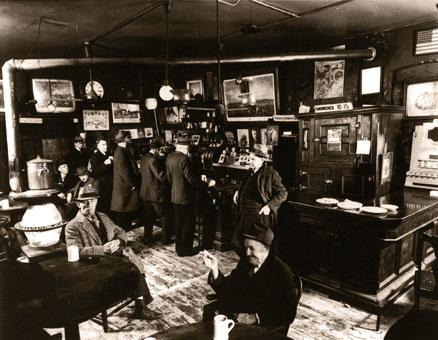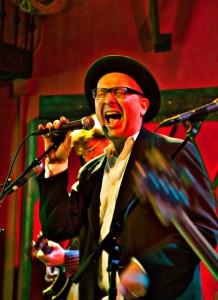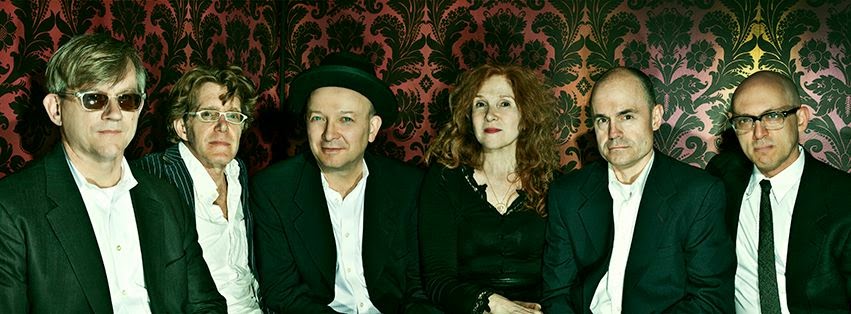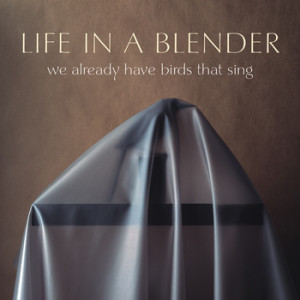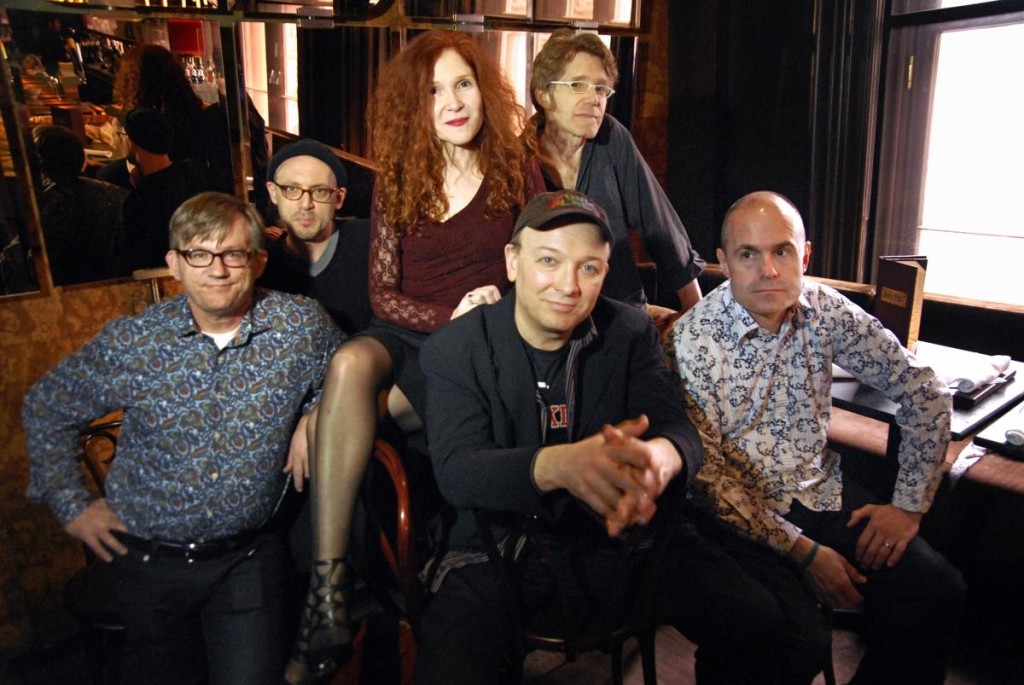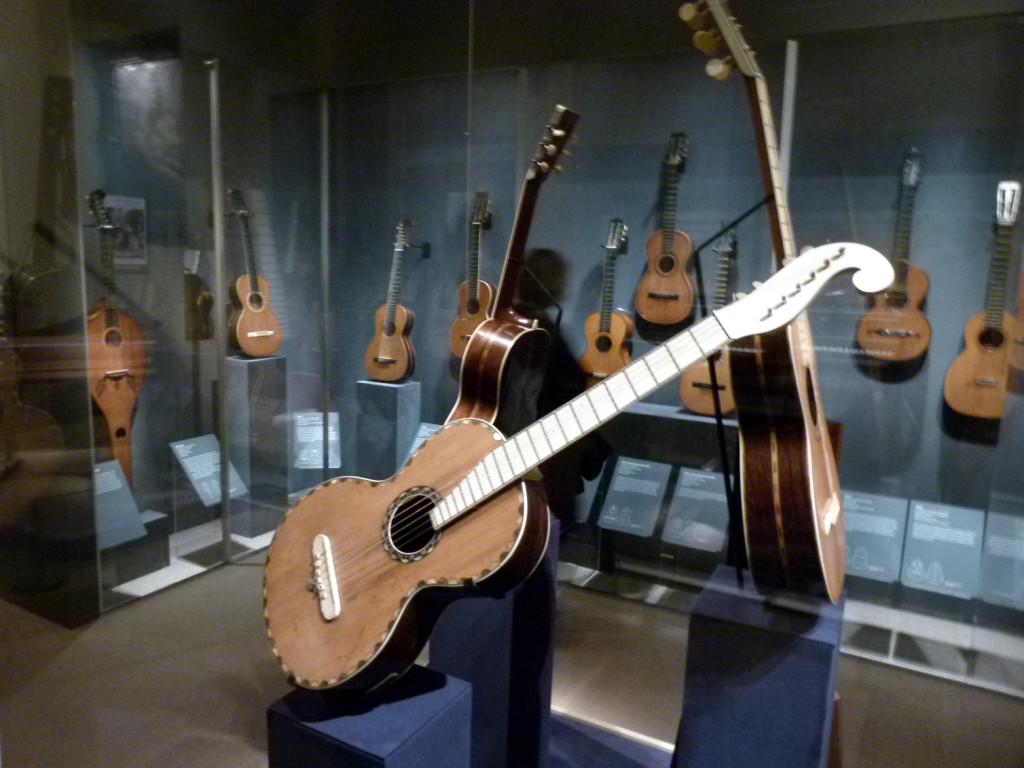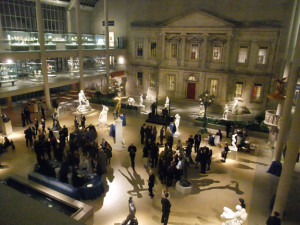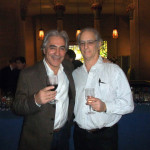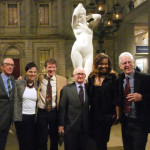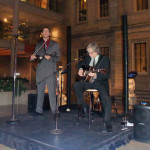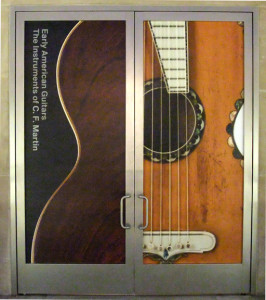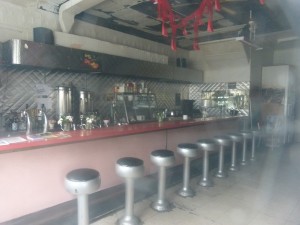Last night, at the Cornelia Street Café, there was a reading with music, celebrating the works of the late Seamus Heaney, who died last August, at age 74.
This is but one of many similar poetry readings organized by veteran New York actor Paul Hecht, which at times feature original music by Ellen Mandel, former composer in residence at the Jean Cocteau Rep during its glory years.
Among the most important poets of the twentieth century, Seamus Heaney was a professor at Harvard and Oxford, simultaneously, and included among his ample accomplishments is the most compelling modern translation of Beowulf, published in 2001 after decades of work. Yet, Heaney’s own poetry ignores the grandeur of epic saga in favor of the intimacy observed among everyday lives, conjured in a voice that recognizes the irony found in how the smallest moments prove to be the most transformative.
Many of the poems are set among the peat bogs and turf lodge farms of his childhood in 1940s Northern Ireland, while some relive the bomb-strewn Troubles of the 1970s. But like other great Irish writers, the poetry reaches beyond the expression of what it is to be Irish, to reveal universal facets about what it means to be human. And like his predecessors, Yates, Shaw, and Beckett, Heaney’s efforts were awarded the Nobel Prize for Literature, in 1995.
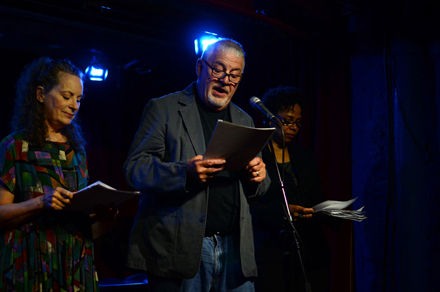
Paul Hecht reading Seamus Heaney
(photos: L. Flanagan)
Living Language
Which poems and excerpts to include from such a career, in a scant 90 minutes, was no easy feat. But Hecht provided a judicious balance between the weighty and the whimsical, and he and his fellow readers, Elizabeth Mackay and Kim Sykes, made their interpretations seem effortless with ease, so that their own enjoyment of the language proved infectious. The timbre of the women’s voices added highlights and brightness to the evening, set off by the sonorous shadows in the voice of Hecht, rich with resonance, and wide and deep in range, with just enough gravel to mark the boundaries.
The proceedings opened and closed with passages from Heaney’s Nobel acceptance speech, filled with its own poetic imagery. But none quite so distilled and served up like the actual poems read aloud. These included Casualty with its wrong-place-at-the-wrong-time death suffered by the pub crawler who was “…blown to bits/Out drinking in a curfew/Others obeyed…”
And the awkward romance of Twice Shy.
Our Juvenilia
Had taught us both to wait,
Not to publish feeling
And regret it all too late –
Mushroom loves already
Had puffed and burst in hate.
There was The Skunk, a lighthearted piece from the poet’s brief period at Cal Berkley, and Death of a Naturalist, which tells of a young boy’s interest in nature being cut short when he finds out his beloved tadpoles grow up to be “gross-bellied frogs … Some sat poised like mud grenades, their blunt heads farting.”
A whole section was dedicated to the Glanmore Sonnets, written after moving back to the country in the 1980s, this time south of Dublin, where
We have our burnished bay tree at the gate,
Classical, hung with the reek of silage
From the next farm, tart-leafed as inwit
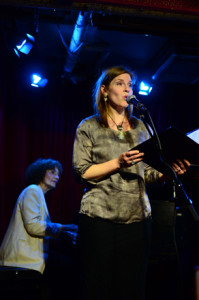 And on four occasions a poem would be read by Hecht, Mackay, or Sykes, and then it would be sung beautifully by soprano Eleanor Taylor, accompanied on the piano by Ellen Mandel, who has made her own art form of setting great poems to music.
And on four occasions a poem would be read by Hecht, Mackay, or Sykes, and then it would be sung beautifully by soprano Eleanor Taylor, accompanied on the piano by Ellen Mandel, who has made her own art form of setting great poems to music.
In fact, Mandel and a collection of singers will be performing her compositions this coming Saturday, May 17, at The Wild Project, 195 East 3rd St., to signify the release of her latest CD, There Was a World, featuring the words of Seamus Heaney, William Shakespeare, E.E. Cummings, and others.
Last night, one of the Heaney poems set to music was When All the Others Were Away at Mass. Written upon the death the poet’s mother, it is specific and deeply personal, while also universal in its scope.
When all the others were away at Mass
I was all hers as we peeled potatoes.
They broke the silence, let fall one by one
Like solder weeping off the soldering iron:
Cold comforts set between us, things to share
Gleaming in a bucket of clean water.
And again let fall. Little pleasant splashes
From each other’s work would bring us to our senses.
So while the parish priest at her bedside
Went hammer and tongs at the prayers for the dying
And some were responding and some crying
I remembered her head bent towards my head,
Her breath in mine, our fluent dipping knives–
Never closer the whole rest of our lives.
Upcoming readings in this series at the Cornelia Street Café include:
Bloomsday – Monday June 16 – James Joyce w/ Paul Hecht and others
Monday August 18 – Annual Ogden Nash Bash – w/ Paul Hecht and featuring Ellen Mandel
Monday September 29th – TS Elliot
